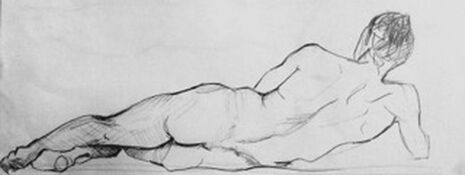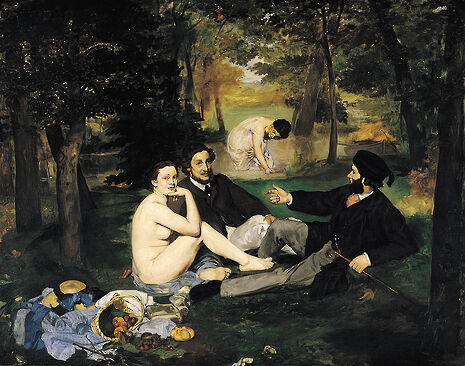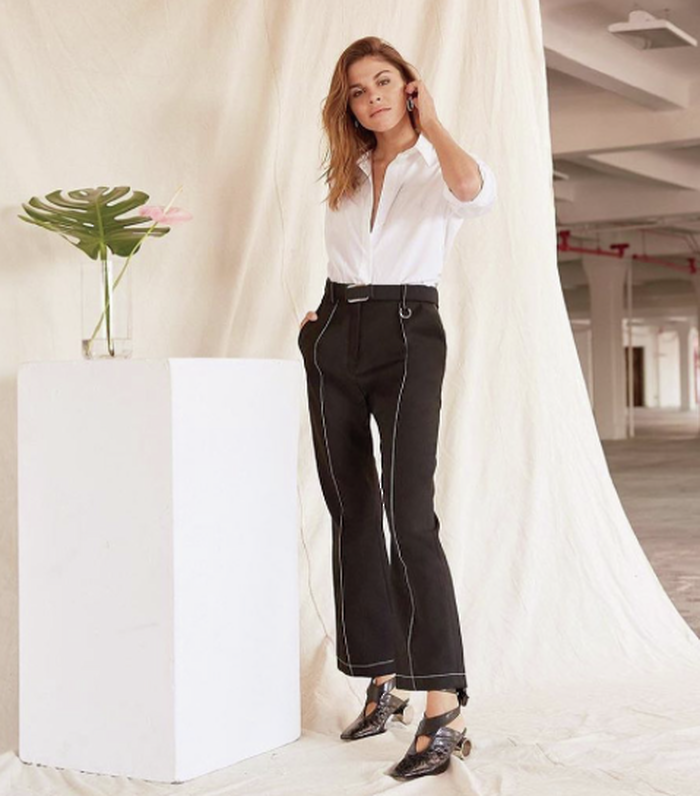The naked body and the (fe)male gaze
Discussing the gender imbalance in life-drawing classes, Arianna Rabin asks: where are all the naked men?

Despite attending various life drawing classes regularly since I was 13, I’ve drawn shockingly few naked men. This is obviously an absolute travesty.
I get various reactions from people who’ve never attended life drawing when I tell them I do so often: “Isn’t it a bit awkward drawing naked people?” “Isn’t it a bit creepy drawing naked people?” “Isn’t it a bit funny drawing naked people?” “Why do you need a class on how to draw ‘life’…?”
The answer to all of these is either “look up what life class is” or “no”. You are not looking, during a life drawing class, at this fellow human’s body in a necessarily sexualised manner. Life drawing is most often meant to be an exercise in developing technical skills. I find it very useful to know how to draw the body in its simplest form before attempting to tackle one with all the faff of clothing, surroundings, and general personality or individuality. One normally treats a life class the same way one treats a still-life class; I deliberately dehumanise the models, and enjoy attempting to record the curves of their bodies as something beautiful in themselves. You can learn so much from life drawing about proportion, shading, using different media and the skill of capturing someone’s looks in a simple line.
All of the above is undermined when attendees are not presented with a diverse range of bodies to learn from. I can’t tell you how well practiced I am at drawing a young, white, female, body. A few weeks ago, I was delighted that a model had cancelled last minute, and a plus-sized woman had replaced her; it was so much fun to finally get to draw something different! Frankly, politics and feminism be damned, that’s what it boils down to: it’s boring to draw the same thing constantly.
Boys, please come pose at a life class, in a natural, interesting way
So why does this lack of male models exist? In Cambridge, those running life drawing classes within the University can’t really be blamed. The most likely people to agree to earning money standing naked for two hours are students, who tend to be young, generally fairly slim, and more often than not, white (another reminder of Cambridge’s massive access and diversity issues). Furthermore, and I’m stereotyping massively now, it tends to be artsy students – either those who are looking to do something cool and slightly out there or those already interested in art, who might have attended life class themselves. As a member of the History of Art faculty, whose gender ratio was 24 women to one man when I started my degree, I feel confident in confirming that this kind of student is usually female. Some life drawing classes even specifically advertise for models in art-related, female-heavy faculties such as my own, as people know they’re likely to find models familiar with the format there. I’ve seen three classmates and one supervisor naked in life class (you’re all great, thanks for letting me draw you).
However, this bias is an issue that extends beyond Cambridge. As I mentioned, I rarely drew male models even at the various life classes I attended throughout my teenage years, whether they were at art school, school, or run by an artist family friend – the male gaze lives strong! In our advertising, in our TV and film, and in our art, women are still the more likely gender to fulfil the passive role in the appreciation of human beauty: viewed, rather than viewers or creators. Within the art world, a tradition of several hundred years that requires the artist to be male and the beautiful ‘object’ to be female is not one that has been shaken – even after also over a 100 years of artists trying to challenge and subvert that. From Manet’s Olympia and Déjeuner sur l’herbe in the 1860s, to Carolee Schneeman’s Interior Scroll in 1975 (where she read a poem pulled out of her vagina. Yeah.), the fact that the female body is objectified far more than the male has not gone unnoticed.

I recently attended a life class hosted by Peterhouse’s Beard Soc where a male model recreated poses from famous portraits of female nudes. It was fascinating. Firstly, it really was the male gaze reversed, since in an audience of several dozen there was one man present. Perhaps men are put off by a sense that seeing another man naked clashes with the modern Western version of ideal masculinity. It was also interesting that our model, despite being very good, struggled to create some of the poses in the first place: for almost every one he had to be corrected slightly, asked to move his feet together more, look down more, generally lose the last traces of assertiveness that we subconsciously associate with a masculine way of carrying oneself. Most men do not naturally nail the somehow both coy and demure peering over the shoulder seen in so many pictures of women, nor do they automatically assume lying on one side or placing their hands on their hips while standing, a stance designed in its curvaceous displaying of certain parts of the body to be subtly sexual. If they do, we would normally read that as feminine, as ‘camp’ – and indeed we might usually jump to conclusions about that man’s sexuality as a result.
While I thoroughly enjoyed that class and all the questions it both raised and attempted to answer, what I would really like is to see just a few more naked men. No, really: boys, please come pose at a life class, in a natural, interesting way, beautiful in its simplicity. Please allow artists like me to hone our skills in portraying the male form and humanity as a whole, not just women. I think it’s high time men started being objectified too.
 News / Night Climbers call for Cambridge to cut ties with Israel in new stunt15 April 2024
News / Night Climbers call for Cambridge to cut ties with Israel in new stunt15 April 2024 News / Police to stop searching for stolen Fitzwilliam jade17 April 2024
News / Police to stop searching for stolen Fitzwilliam jade17 April 2024 News / Cambridge University cancer hospital opposed by environmental agency12 April 2024
News / Cambridge University cancer hospital opposed by environmental agency12 April 2024 Interviews / In conversation with Dorothy Byrne1 March 2024
Interviews / In conversation with Dorothy Byrne1 March 2024 Features / Cambridge’s first Foundation Year students: where are they now?7 April 2024
Features / Cambridge’s first Foundation Year students: where are they now?7 April 2024




